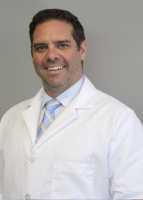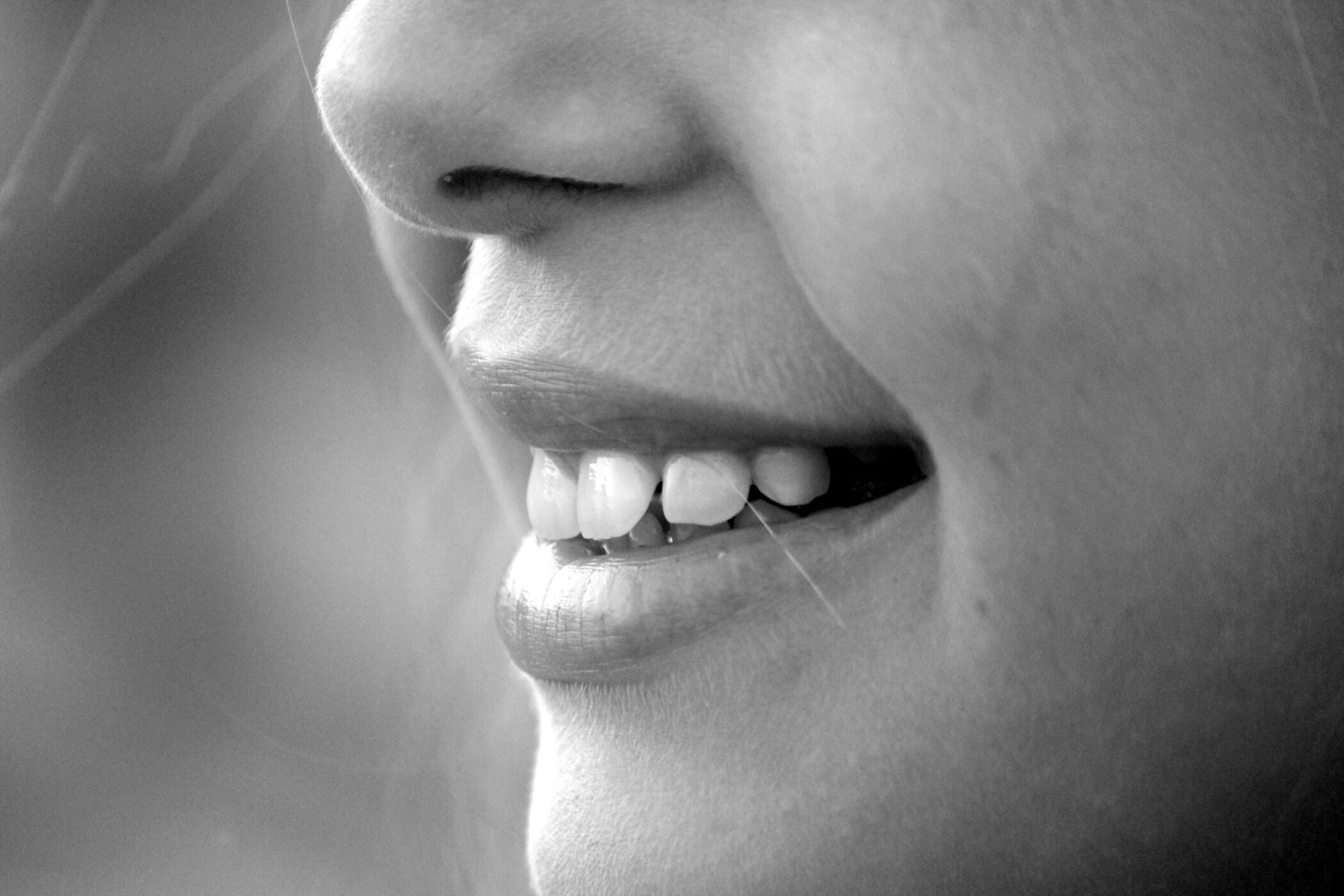Author Interviews, Heart Disease, Ophthalmology, Stem Cells / 07.06.2021
Youthful Biochemical Signals in Amniotic Fluid Can Be Used to Repair Aging Tissues
MedicalResearch.com Interview with:
Ian A. White, M.S., Ph.D.
Founder, President & Chief Scientific Officer
Neobiosis, LLC
Interdisciplinary Stem Cell Institute
University of Miami
MedicalResearch.com: What is the mission of Stem Cell Institute and Neobiosis?
The Interdisciplinary Stem Cell Institute at the University of Miami was established to capitalize on pioneering work in the use of adult stem cells for the repair of malfunctioning human organs. The goal of the Institute is to find new treatments for heart disease, neurological disease, bone disease, diabetes, cancer, eye diseases, and other chronic, debilitating, or incurable diseases.
Neobiosis is a privately-owned biotech company dedicated to the manufacture and development of regenerative tissues, cells, and the secretome from perinatal sources. Our mission is to provide high-quality products for research and clinical trials by focusing on the science of regenerative medicine. (more…)



 It was noted that the differentiation of the structures of the developing jaws is ahead of other divisions. The presence of chromophobic spindle-shaped cells migrating in the direction of the tooth rudiments and their location in the region surrounding the enamel organ indicates intercellular interactions in the development of teeth in humans that differ from these processes in lower vertebrates. At the present stage, it is known that ectomesenchyme is involved in cell assemblies participating in the development of dentin.
It was noted that the differentiation of the structures of the developing jaws is ahead of other divisions. The presence of chromophobic spindle-shaped cells migrating in the direction of the tooth rudiments and their location in the region surrounding the enamel organ indicates intercellular interactions in the development of teeth in humans that differ from these processes in lower vertebrates. At the present stage, it is known that ectomesenchyme is involved in cell assemblies participating in the development of dentin. 

